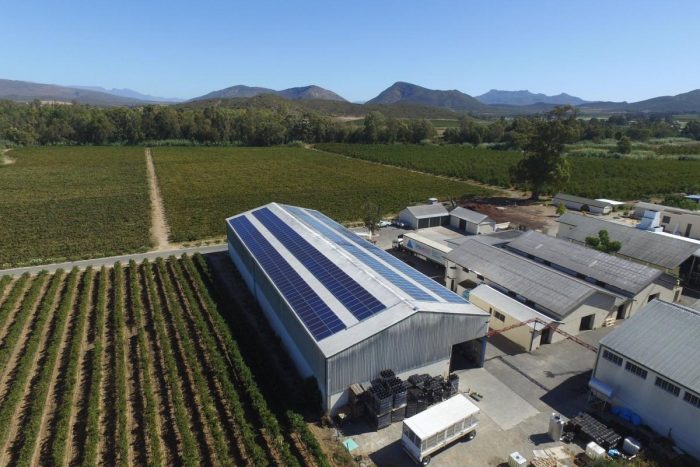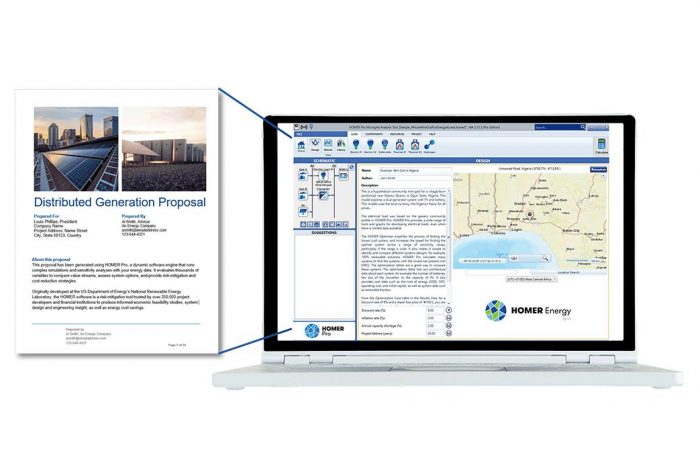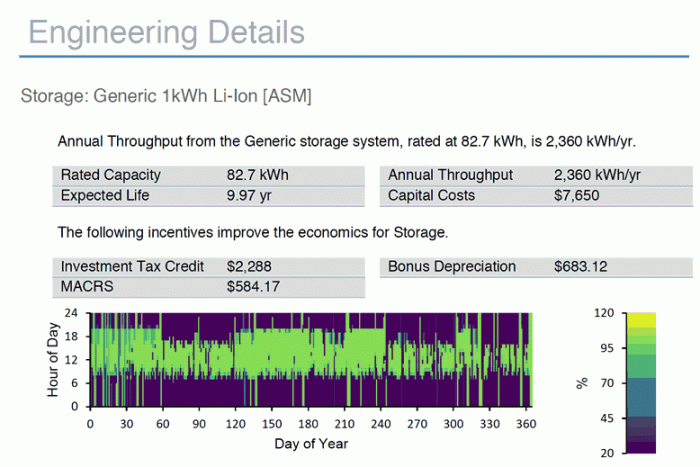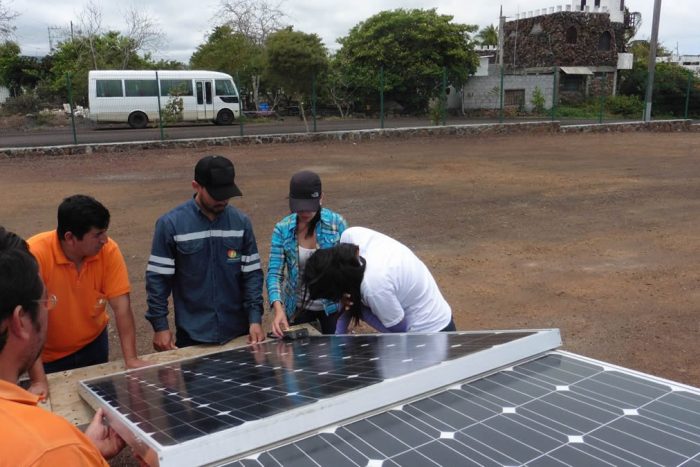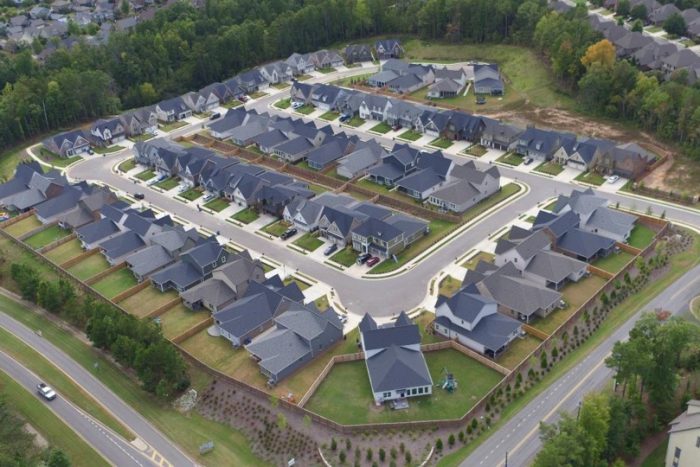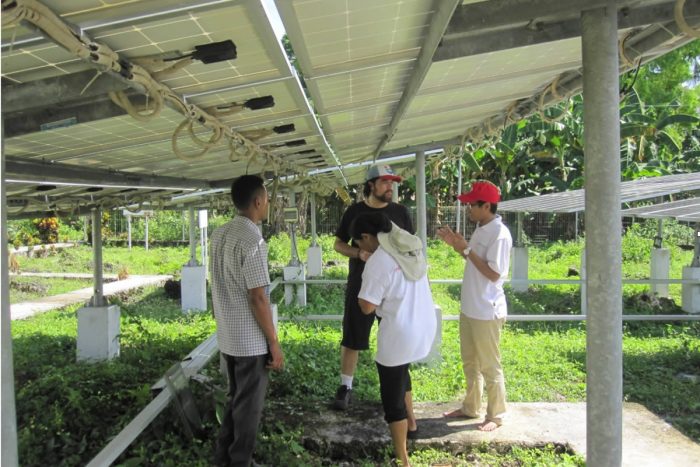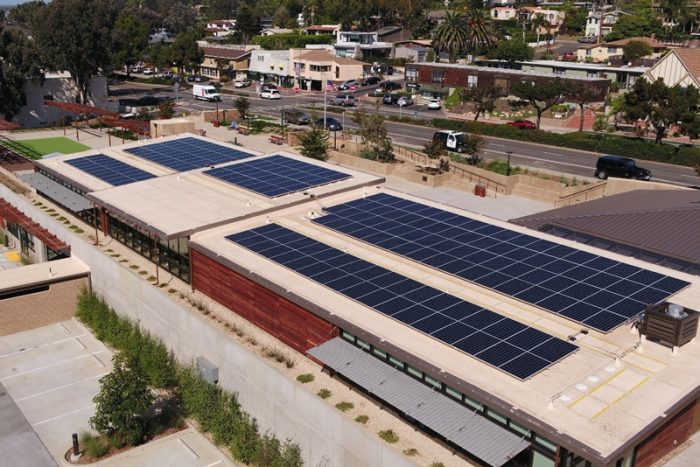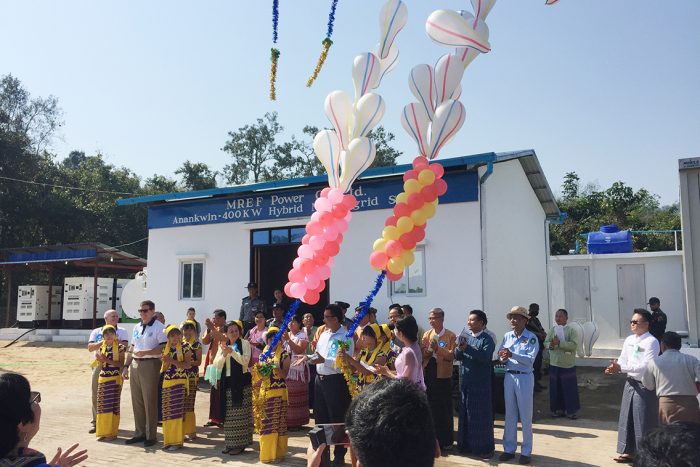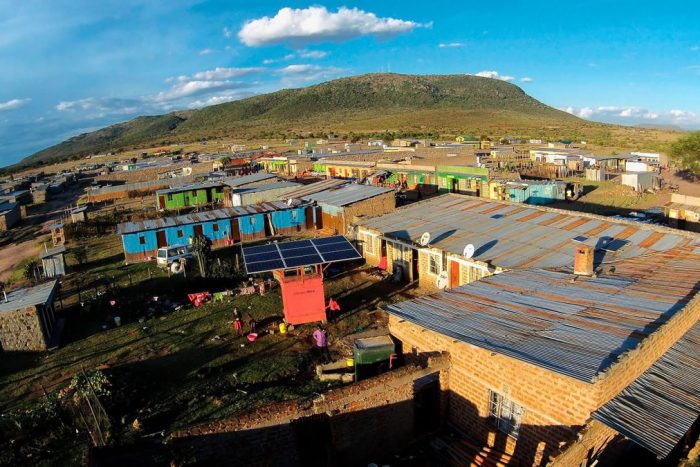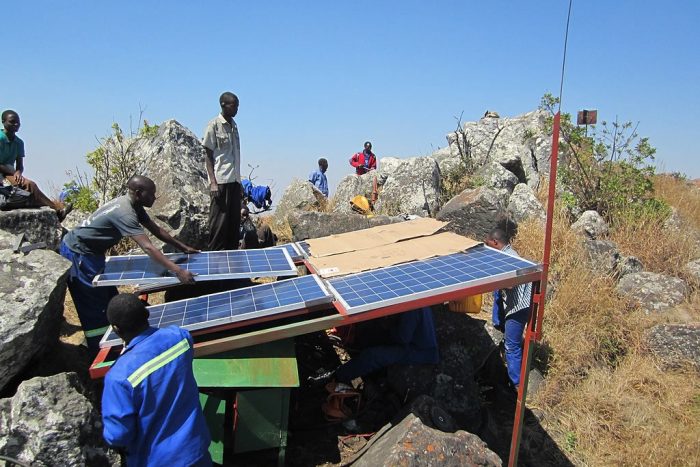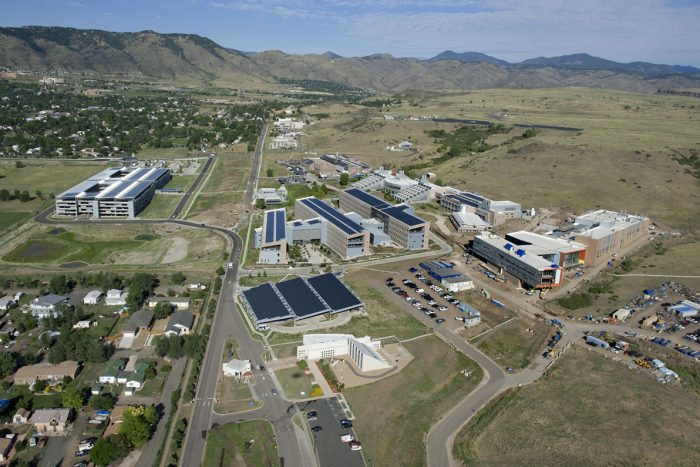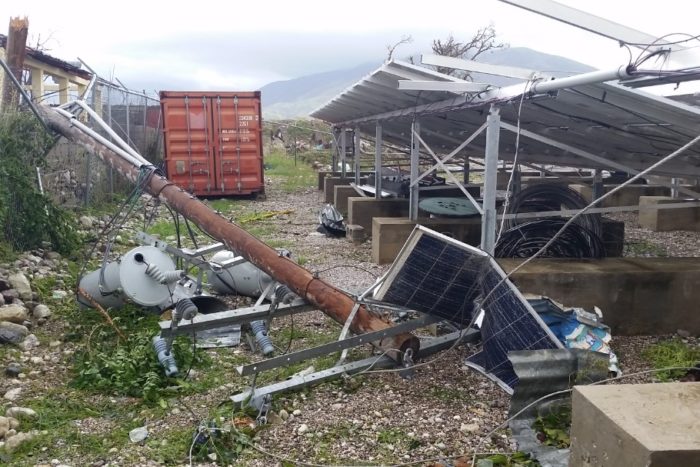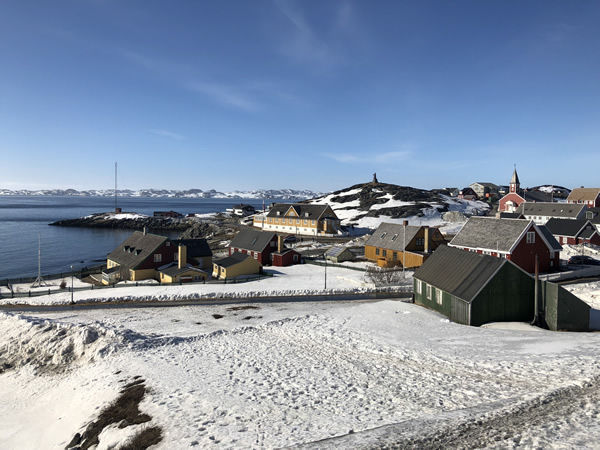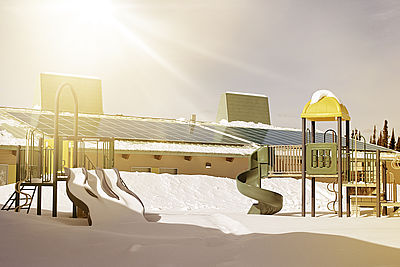The challenges created by the coronavirus pandemic make it more critical than ever to ensure that businesses have abundant, continuous power. Project developers can prepare businesses by equipping them with smart energy management systems that allow for remote commissioning, autonomous control, and reliable off-site monitoring and data logging.
Laura Sanchez
Extending Battery Life with Control Strategies: An Interview with Jonathan Schulte
Jonathan Schulte explores the ways in which microgrid control methods informed by forecast-based algorithms can extend battery life and decrease operational costs. He will present his research at the 8th annual HOMER International Microgrid Conference in October. Schulte and his team have developed a method for reducing the average state of charge of lithium-based battery systems and decreasing the time the battery spends in a fully charged state—both of which lead to longer battery lifetimes without impacting the system performance.
Registration Now Open for Virtual 8th Annual HOMER International Microgrid Conference
Registration is now open for the 8th annual HOMER International Microgrid Conference, taking place online October 12-16, 2020. Attendance is free for this five-day virtual event, with online sessions led by global industry experts who will explore the rapidly changing world of microgrids and distributed energy resources.
New Feature in HOMER Pro Energy Modeling Software Strengthens Client Presentations
HOMER® Pro’s new proposal writer helps energy developers create information-rich proposals that communicate details of technically complex systems to facilitate the sale of their projects to clients and investors.
A Second, More Targeted Strategy to Boost California Microgrids
The California Public Utilities Commission released a proposal last week that provides more in-depth recommendations for policy changes to facilitate new microgrid project development in the Golden State. These new requirements could help establish a clearer path forward for future microgrid projects and provide increased opportunities for developers of hybrid systems.
HOMER Grid bridges the communications gap with an essential new tool for hybrid energy projects
HOMER Grid has a new feature that will help distributed energy developers sell their projects and communicate modeling results to diverse teams. The project report creator distills critical information and presents it in data rich, professional-looking proposals that can be generated in just a few clicks:
Darwin’s Finches: The race to decarbonize an ecological treasure
The Galápagos Islands are among the world’s most unique and climate-vulnerable ecosystems. Now engineers from the Instituto de Energía Solar of the Universidad Politécnica de Madrid (IES-UPM) are using HOMER Pro to improve the local energy systems. They will be increasing renewable resources and reducing the use of diesel fuel through optimization of a key island microgrid:
Collaboration sparks innovation: Three landmark projects explore the future of power provision
Three southern communities are now developing “smart neighborhood” microgrids. In one, energy-efficient homes feature community-scale microgrids designed by Alabama Power / Southern Company and modeled by HOMER Grid. The project should yield new information about how to design and integrate distributed renewable energy into our electricity grid;
When Microgrids Mean Hope: Powering a Refugee Settlement in Shimelba, Ethiopia
A microgrid, modeled and designed with HOMER Pro, is bringing power to a refugee camp in Ethiopia. Most of the 6,000 refugees in the Shimelba camp come from Eritrea, where they have fled multiple crimes against humanity. Living in a refugee camp is an enormous hardship, but now the microgrid is supporting improved commerce, construction, agriculture, and most importantly, hope:
Microgrids for Maluku, Indonesia: Powering remote island communities with renewables
On behalf of the New Zealand-Maluku Access to Renewable Energy Support (NZMATES) program Mauricio Solano-Peralta has been working throughout Maluku Province, Indonesia, to restore and establish dozens of microgrids. HOMER Pro is a critical tool for bringing electricity to some of the fishing and farming villages that dot the thousands of islands that make up Maluku Province:
Grid-tied Distributed Energy Systems for Commercial & Industrial (C&I) Customers
Worldwide, commercial and industrial microgrid deployments are increasing at a rapid rate. Incorporating more renewable energy, these C&I investments are cutting operational costs for their owners. Christopher Wiacek, Manager, Technical Business Development at Enel X, spoke recently at the HOMER International Energy Conference. He explained why multi-DER microgrids are so beneficial for the C&I sector:
Selecting a Smart Microgrid Controller
Smart controllers ensure reliable, safe, and efficient microgrid power generation and distribution by helping coordinate and optimize system functions with intelligent capabilities. We spoke with Petra Píclová of ComAp, who will be presenting on this topic at the HOMER International Microgrid Conference, October 7-9 in Cambridge, Massachusetts. Join us to hear Petra and other professionals share their microgrid experience:
Inflection Points: The Dawn of a New Microgrid-Powered Era
At nightfall on December 20, 1880, twenty-three arc lights switched on in New York, casting the cityscape in a blue-tinted glow. In that moment, Broadway Street became one of the first thoroughfares in America to be lit by electricity. It’s hard to imagine that an act as small as passing a current through a filament could forever alter every aspect of culture, industry, and landscape. But as soon as electric lights switched on, communities were connected as homes and businesses became part of an energy network. While the electric light bulb may have inspired one age of illumination, today our world is poised once again to experience an electron-inspired transformation: the global microgrid revolution:
Empowering Africa
Approximately one billion people around the world lack access to electricity, according to the World Bank, and more than half of those one billion people live in Africa. This has serious implications for global health, education, food security, gender equality, and global economies. We spoke with John Kidenda, the Director of Software, Analytics and Customer Support at PowerGen Renewable Energy, where he works to provide communities across Africa with sustainable, decentralized power in the form of mini-grids. John was a speaker at the HOMER International Microgrid Conference:
Renewable Microgrids for C&I in Africa
Today, the market for commercial and industrial (C&I) solar in Sub-Saharan Africa appears positioned for rapid growth. The high-cost and poor-quality of grid power, declining solar energy costs, […]
Artificial Intelligence: Could AI catalyze the microgrid market?
What’s the best way to integrate and optimize high concentrations of distributed energy resources and respond to grid events rapidly? Researchers at the National Renewable Energy Lab (NREL) believe that the answer lies in energy systems that can make decisions and respond to events without human intervention—an autonomous microgrid, supported by machine learning:
Microgrid Wisdom After the Wind
Adam Eberwein, Director of Microgrid Operations for EarthSpark International, explains what the company learned about resilient design of microgrids after Hurricane Matthew destroyed so much of Haiti. Adam will be speaking on Resilient Microgrids at the HOMER International Microgrid Conference in Cambridge October 7th:
Peter Asmus, Navigant: Perspectives on Arctic microgrids
Navigant Research has just published a new report, Microgrid Innovation in the Circumpolar Arctic, that highlights the energy leadership underway in remote northern regions. Report author and Navigant research director Peter Asmus says microgrids compensate for high fuel costs and lack of electric power infrastructure, providing reasonably priced, increasingly sustainable power to over 1.5 million people in Alaska, Greenland, the Canadian Arctic and part of the Russian Arctic. We’re honored to share his perspectives:
CSSI Offers Remote Communities in Canada Microgrid Solutions — A HOMER Pro Case Study
In 2012, Keewaytinook Okimakanak (KO), a Tribal Council representing six First Nation communities in Northern Ontario, approached Canadian Solar Solution Inc. (CSSI) for a solution to reduce the community’s’ dependence on diesel fuel and to increase affordable energy supply. Two case studies detail these projects.

